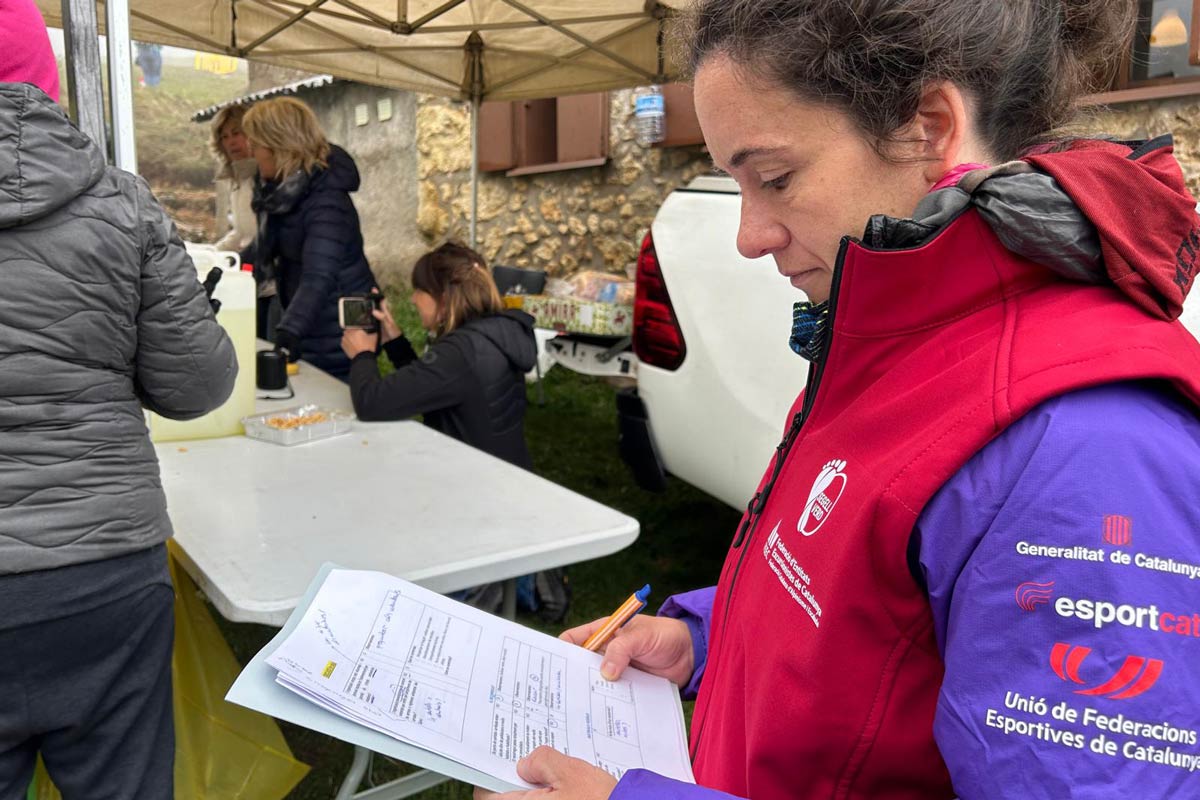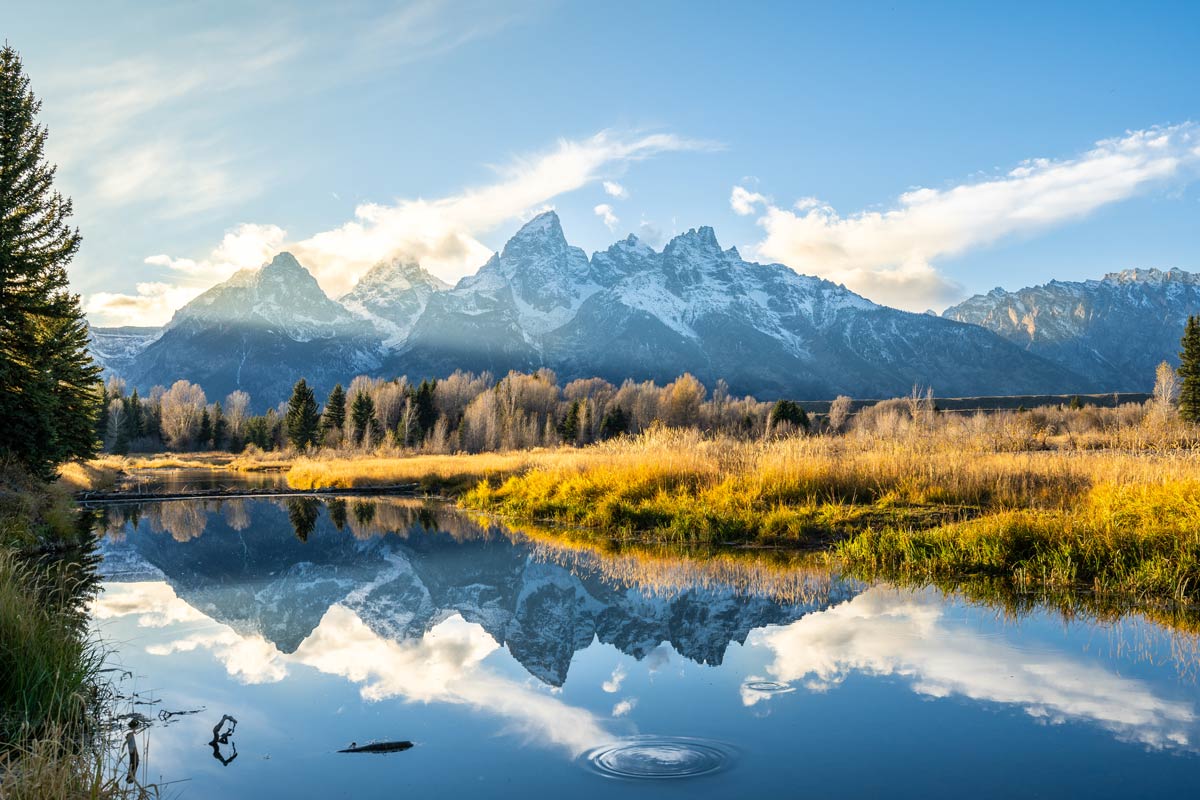Editor’s note: Rodney Garrard is a member of the UIAA Mountain Protection Commission and PhD student at the Centre for Development & Environment (CDE), Institute of Geography, University of Bern, Switzerland. His research explores the on-going landscape transformation in Sagarmatha (Mount Everest) National Park and assesses the impacts of change on key environmental services: water provision, food and fibre production, protection from natural hazards among others.
As Nepal and the Khumbu gets ready to celebrate the 60th anniversary of the first ascent of Mount Everest, the results of Garrard’s research provide timely insights and a way to understand trends of environmental change in this UNESCO World Heritage Site.
Two of his recent articles published in eco.mont Vol 4 No.2 recently can be found here.
The scene repeated itself as Rodney Garrard criss-crossed the Khumbu region conducting his in-depth field interviews in an attempt to document change in a place indelibly characterized by the world`s best known mountain – Everest.
Garrard would show a chronological album of 135 ”then and now photos” from around the Khumbu, some of which dated back to the an early reconnaissance expedition from 1951.
Inevitably whole families would gather round the images prompting much discussion and storytelling. What it also did was bridge the distance between interviewer and interviewee, especially important when a cultural or language divide exists, making it easier to draw out answers to a number of questions.
“It’s a way of breaking the ice,” said Garrard in an interview with the UIAA.
Repeat photography has long been used by geographers to depict change in a landscape via two or more images taken in the same spot over time. What Garrard did was use it to explore perceptions of changes in relation to key environmental services in the region – as expressed by the Sherpas themselves.
The results provide fascinating insights and a way to understand trends of environmental change in this UNESCO World Heritage Site as Nepal and the Khumbu gets ready to celebrate the 60th anniversary of the first ascent of Mount Everest.
It also corrects the picture of Sagarmatha National Park and Buffer Zone as a role model for conservation estates globally while fostering wider discussion of its conservation policies, a potential environmental service management scheme and the reality of the park as a highly impacted landscape.
Over the years assumptions have been made about changes in the region (and the wider Himalayas) but the picture is not all doom and gloom as has been suggested, said Garrard. Still his research highlights challenges and pressures facing the Khumbu that need to be addressed.
Among his findings:
- Natural hazards such as landslides and floods are becoming more frequent and more destructive. Periodic flooding such as glacial lake outburst floods (GLOFs) are also a concern. With predictions of more intense rainfall and more building in high-risk zones, landslides and floods are likely to accelerate.
- Maintaining traditional land-use practises, which evolved slowly, is becoming harder as demographic, economic and climatic conditions change. This is affecting land-use decisions, placing pressure on soil fertility, forests and water quantity. This situation creates a problem for Park managers, who must manage the resources according to conservation policies, and fulfil the demands of an increasingly diverse population.
On the positive side, there has been extensive development in the region with increased access to education, health care, electricity (in some villages), and diverse income opportunities from tourism, and strings of hotels and lodges.
The Khumbu has changed from a “marginal outpost” of around a week’s walk to a market centre, to become an economically thriving, connected, modern and diverse area with airports, cell phones, and Internet access within the space of just two generations.
At the same time, “there’s less dancing in the Khumbu than there was 30 years ago,” said Garrard who found nostalgia for the past along with an appreciation of some of the positive changes.
Some perspective of the impact of tourism and the scope of change is provided by the fact that the population of Sherpas who lived in the Khumbu at the time of the first succussful Everest expedition numbered around 2,200.
That population today has grown to about 5,750 people. Today more than 35,000 tourists visit the region every year in just over a three month period (spring & autumn), with all the support staff such tourism entails.
Back in 1953 almost all Sherpas were subsistence farmers, traders, and herders. Today tourism is the dominant economic driver, and the speed and effect of this cash economy is felt in every aspect of the region.
Among the other challenges facing the region, Garrard found:
- concern about the loss of the Sherpa language and culture
- as well as the ability of the Park’s conservation policies to balance local livelihoods, conservation and development
On the question of language and culture, Garrard said there is a generation “in danger of losing their language and cultural traditions” and efforts are underway now to have the Sherpa language spoken more in the local schools.
Much of it has to do with the fact that as development has occurred, many Sherpas in seeking education for the next generation, has seen young males leaving the region (and women, but not as many), heading to Kathmandu, the capital of Nepal or abroad, leaving mainly women, the very young and older people behind, he said.
Another flashpoint is access to resources, especially firewood, within the Park, mostly because almost 30 per cent of the residents are reliant on forest wood with no other options for fuel.
Most affected are low to middle income residents, and often elderly, who don’t have the resources to hire labour (as is the case with higher income earners) to gather firewood in designated (often) distant locations during the two-week period of firewood collection, allowed twice a year by Park authorities, said Garrard.
“There needs to be certain flexibility for certain demographic groups,” said Garrard, “or there needs to be more proactive action such as the provision of real alternate fuel sources.”
Garrard also said insights coming out of his research shows that a dialogue is possible between park authorities and locals, especially over the question of access and management of protected forests.
“Repeat photography used as a form of photo-elicitation has allowed us to see biophysical and cultural changes that reflect a variety of larger forces at work,” writes Garrard in one of his papers.
“For example while we observed consistent increases in vegetation using repeat photography, locals kept claiming that it had decreased. On further analysis of satellite imagery we can indeed see they are correct in places. Understanding this mismatch may help address tensions between conflicting uses of the forest and current protected area policies.”
In his conclusion, Garrard writes: “Understanding change from a local perspective gives valuable insights into the relationship between ecosystem functions and human well-being and livelihoods.”
“The perceived changes tally with other (mountain transition) case studies … where increasing populations and a rapidly changing economy struggle to cope with a competitive commercial market (tourism) and cannot assure sustainable development and resource management.”
But one thing is clear, Garrard concludes, things can be improved, both in terms of tourism planning and protected area management.
“Ultimately the benefits of tourism (which is such a focus around Everest) need to be directed towards the least advantaged, otherwise it’s not sustainable long-term”.
Rodney Garrard can be contacted via his website.


